Over the last several decades, the world has experienced a boom in air travel. Pakistan also has seen an exponential increase in air travel as people started to earn more income. The need for travel has increased with increased economic and other activities such as tourism. The number of airlines operating in Pakistan has increased due to the rising demand for air travel.
The Pakistan Civil Aviation Authority (PCAA) was established in 1982 to regulate aviation activities in Pakistan by ensuring the safety of air travel and transport services. The headquarters of organisation is currently in Karachi. PCCA is part of the International Civil Aviation Organization (ICAO) which regulates global air travel.
Graana.com will give you all the vital information about this central governmental organisation that keeps you safe during your air travel.
The Role of PCCA
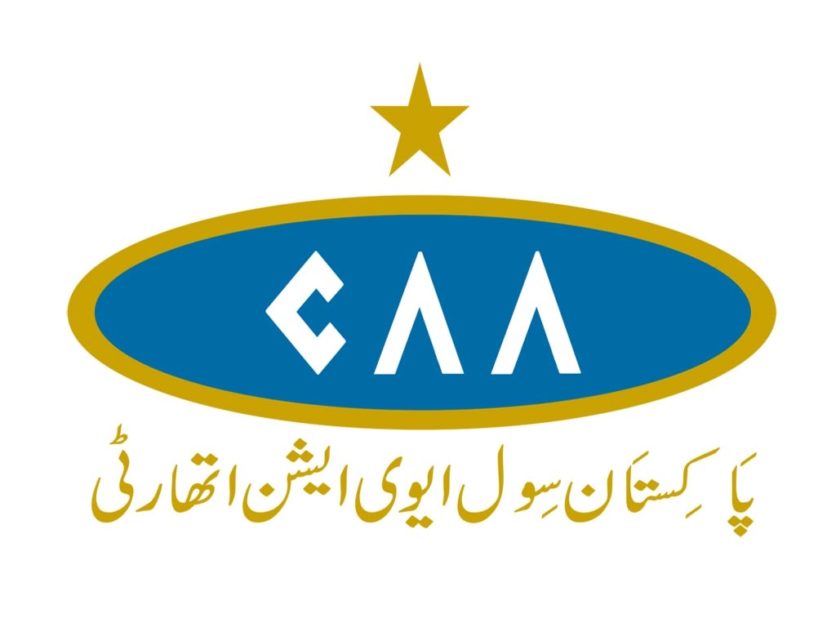
PCAA promotes and regulates aviation activities by ensuring that safety standards are in place and are being followed diligently by all civil airlines. It is also responsible for providing regular and efficient communication between airline companies to ensure that all standards are being followed about the aircraft and the air travel route.
Any changes in standards and procedures are communicated to the airline companies by PCAA and are monitored regularly to ensure their implementation. It is important to note that the PCAA only regulates civilian air travel and transport services, not military aviation services. All civil airlines operating in Pakistan come under the jurisdiction of PCAA.
History
PCAA was established 1982 as an autonomous public sector entity through the Pakistan Civil Aviation Authority Ordinance 1982. Before its creation, the Civil Aviation Department (CAD) of the Ministry of Defense managed civil aviation in Pakistan. Up until 2013, the Ministry of Defense remained the main overseeing body.
In 2013, however, the management responsibilities were transferred to the Aviation Division of the Cabinet Secretariat, now the main governing body under which the Pakistan Civil Aviation Authority operates. The restructuring aimed to enhance the efficiency and coordination of civil aviation activities, aligning them with broader government objectives and policies.
Under the supervision of the Aviation Division, the Pakistan Civil Aviation Authority continues to operate as the essential regulatory body responsible for ensuring the safety, security, and development of civil aviation within Pakistan.
The role of PCAA has become significantly critical as the number of airports and airlines increases. The organisation’s overall structure has also expanded with various divisions and sub-divisions.
Pakistan Civil Aviation Authority Headquarters
PCAA is headquartered at the Karachi airport, serving as the central hub for managing and administrating civil aviation matters in Pakistan. Any suggestions, feedback, or complaints regarding air travel can be directed to PCAA through their website.
The Pakistan Civil Aviation Authority (PCAA) is requesting feedback from travellers in order to enhance the quality of air travel in Pakistan. They are responsible to addressing safety concerns in a timely manner, as any violations can have devastating consequences. Here is the address and contact information for their headquarters:
Location: Headquarters Civil Aviation Authority, Terminal 1 Building, Jinnah International Airport, Karachi, Pakistan.
Tel: +9221.99071111
Website: caapakistan.com.pk
Key functions of the Pakistan Civil Aviation Authority
PCAA performs several functions related to civil aviation in Pakistan. However, its main parts can be divided into three categories:
Regulatory
PCAA is responsible for regulating civil aviation in Pakistan in accordance with international guidelines and safety standards. Pakistani airlines must adhere to specific standards and procedures to operate internationally. PCAA ensures that these standards are correctly implemented and enforced.
This is essential in developing and implementing flight safety measures and verifying the authenticity and validity of pilot license’s. Additionally, the PCAA plays a vital role in introducing flights to new destinations by engaging in discussions with foreign regulators and implementing standards in accordance with the requirements of the destination countries.
The regulatory function has the following categories:
- Oversight and adherence to regulations
- Adherence to global aviation standards
- Safety measures during flights
- Verification and licensing of pilots
- Expanding international routes
Air Navigation Services
Air traffic management is an essential part of aviation, known as air navigation services. This function involves monitoring communication between ground and aircrew, managing emergency landings, and ensuring smooth air traffic flow during takeoff and landing.
Pilots also receive weather-related information and travel advice from air navigation services when necessary. These services are crucial for helping pilots make informed decisions about their flight paths and avoiding unfavourable weather conditions. Air navigation services have different sub-functions.
- Managing the movement of aero planes in the sky
- Handling communication and emergency situations
- Ensuring the efficient flow of air traffic
- Providing weather updates and travel advisories
Airport Services
The third primary function of PCAA is to take care of airport services, including ensuring the smooth flow of foot traffic and safe transfer of passengers during connecting flights. It includes implementing systems and procedures to ensure passengers can navigate the airport efficiently, reducing congestion and minimising delays.
It also provides take-off clearance after inspecting the aircraft. Apart from aircraft and passenger safety at the airport, this function also monitors other airport services such as food and shopping.
It ensures that travellers can make the most of their time at the airport, whether they are looking to buy something or dine while they wait for their flight. The airport offers specialised services in different areas.
- Management of passenger traffic flow at airports
- Ensuring safe transfer of passengers
- Inspection of aircraft and clearance for take-off
- Monitoring of additional airport services
- Improving the overall travel experience for passengers.
Airports under the Pakistan Civil Aviation Authority
The Pakistan Civil Aviation Authority (PCAA) is responsible for managing and overseeing all domestic and international airports throughout Pakistan. The following table shows all the international airports and airlines that fall within the jurisdiction of the organisation:
Jinnah International Airport, Karachi
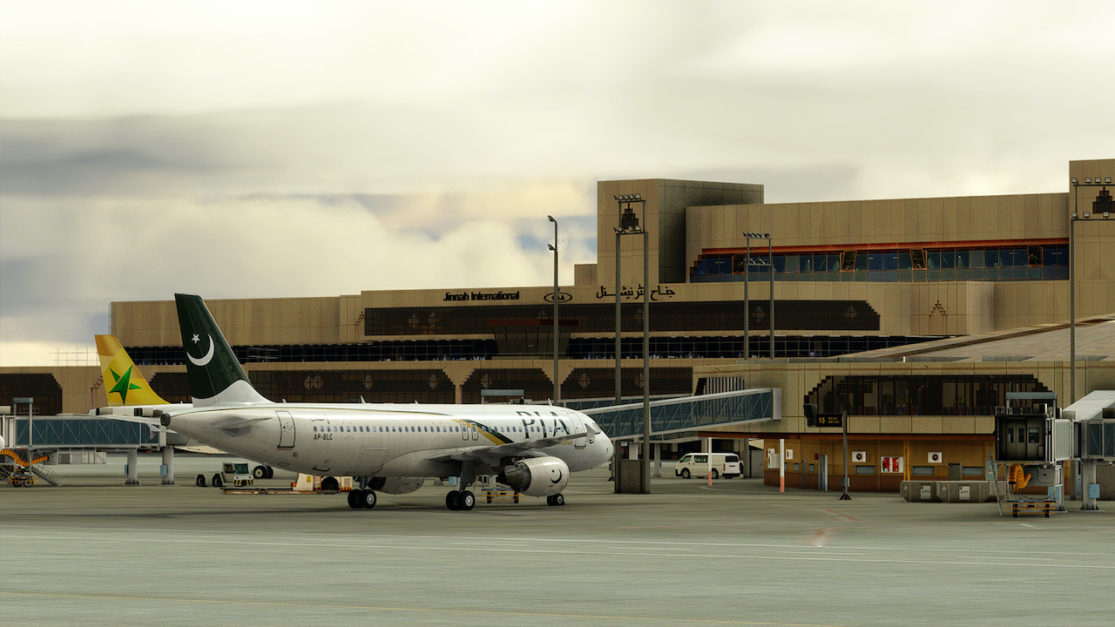
| City | Airport | Airline Operators |
| Karachi | Jinnah International Airport | Air Blue |
| Emirates | ||
| Gulf Air | ||
| Pakistan International Airline (PIA) | ||
| Qatar Airways | ||
| Saudi Arabian Airlines | ||
| Shaheen Air | ||
| Etihad Airways | ||
| Air Indus | ||
| Air Arabia | ||
| Air China | ||
| Iran Air | ||
| Oman Air | ||
| Turkish Airline | ||
| Sri Lanka Airline | ||
| Fly Dubai |
Islamabad International Airport
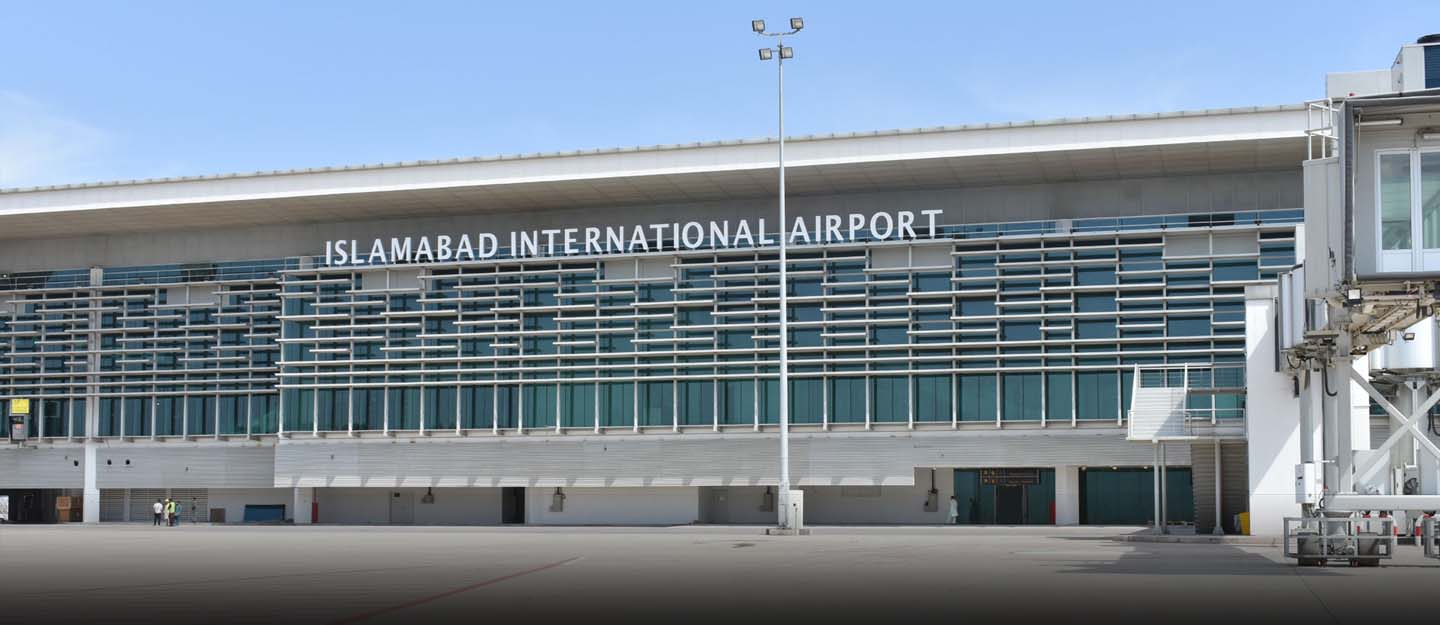
| City | Airport | Airline Operators |
| Islamabad | Islamabad International Airport | Air Blue |
| Emirates | ||
| Gulf Air | ||
| Pakistan International Airline (PIA) | ||
| Qatar Airways | ||
| Saudi Arabian Airlines | ||
| Shaheen Air | ||
| Etihad Airways | ||
| Air Indus | ||
| Air Arabia | ||
| Air China | ||
| Iran Air | ||
| Oman Air | ||
| Turkish Airline | ||
| Sri Lanka Airline | ||
| Fly Dubai | ||
| Air Sial | ||
| Ariana Afghan Airlines | ||
| Azerbaijan Airlines | ||
| British Airways | ||
| Flynas | ||
| Jazeera Airways | ||
| Kam Air | ||
| Kuwait Airways | ||
| Serene Air | ||
| Thai International Airways |
Allama Iqbal International Airport, Lahore
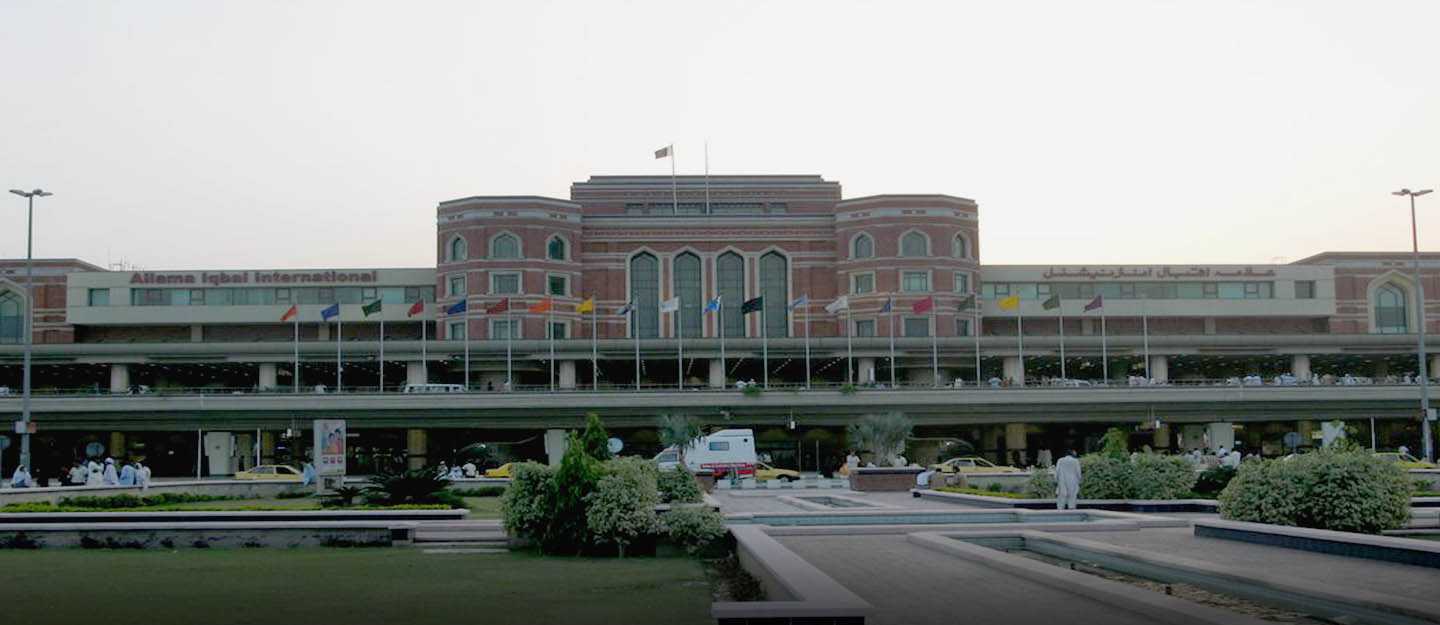
| City | Airport | Airline Operators |
| Lahore | Allama Iqbal International Airport | Air Blue |
| Emirates | ||
| Gulf Air | ||
| Pakistan International Airline (PIA) | ||
| Qatar Airways | ||
| Batik Air Malaysia | ||
| China Southern Airlines | ||
| Etihad Airways | ||
| Fly Baghdad | ||
| Jazeera Airways | ||
| SCAT Airlines | ||
| Serene Air | ||
| Sri Lankan Airlines | ||
| Taban Air | ||
| Thai International Airways | ||
| Uzbekistan Airways | ||
| Turkish Airlines | ||
| Fly Jinnah | ||
| Kish Air | ||
| Mahan Air | ||
| Oman Air |
Quetta International Airport
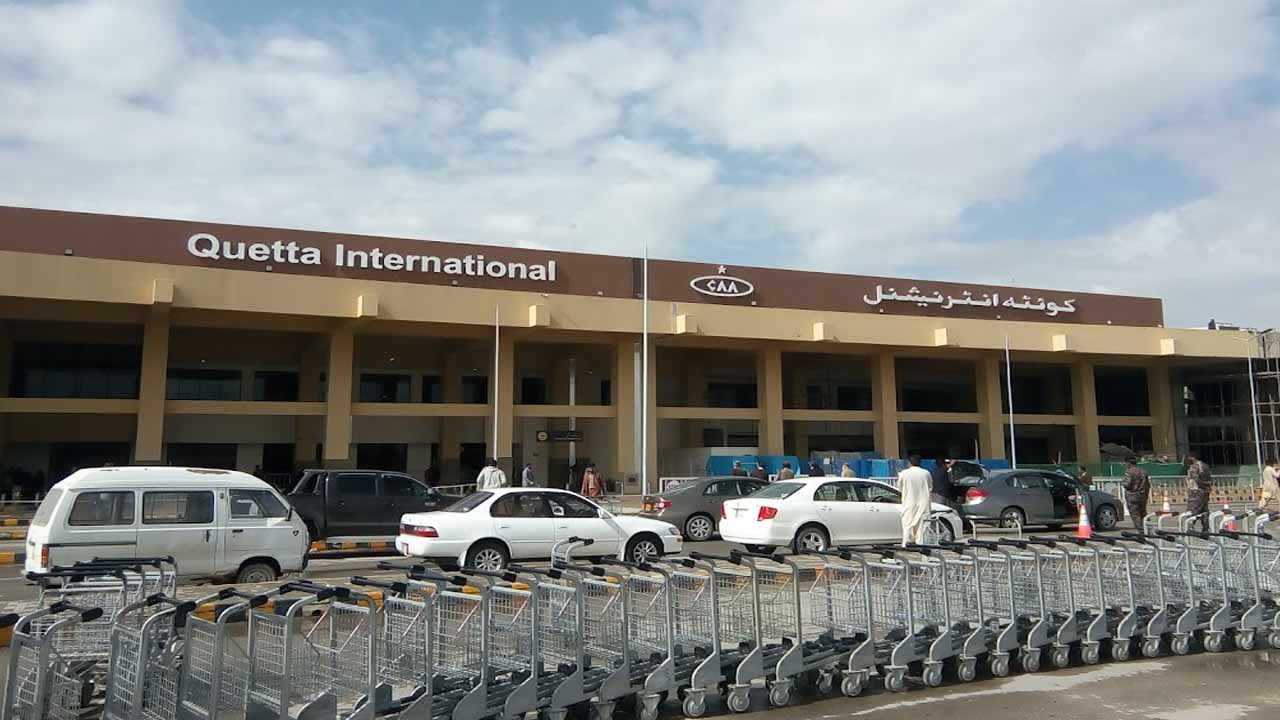
| City | Airport | Airline Operators |
| Quetta | Quetta International Airport | Pakistan International Airlines (PIA) |
| Air Arabia | ||
| Fly Jinnah | ||
| Fly Dubai | ||
| Salam Air | ||
| Serene Air |
Bacha Khan International Airport, Peshawar
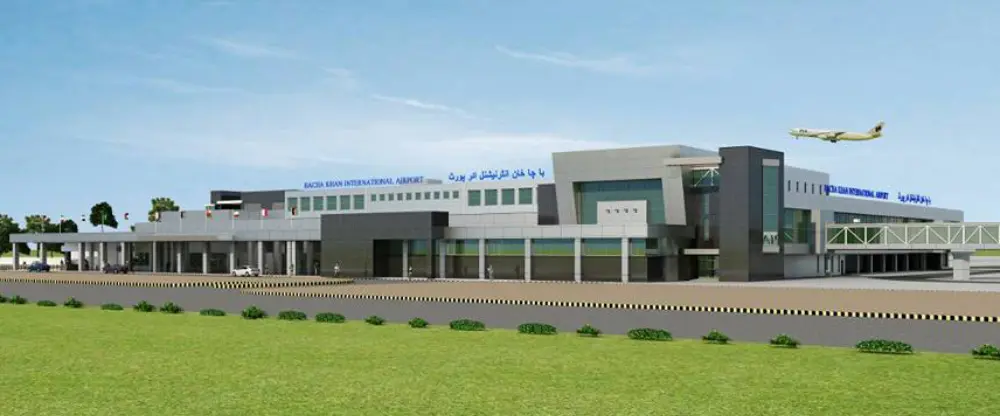
| City | Airport | Airline Operators |
| Peshawar | Bacha Khan International Airport | Pakistan International Airlines (PIA) |
| Air Arabia | ||
| Air Blue | ||
| Fly Jinnah | ||
| Emirates | ||
| Qatar Airways | ||
| Air Sial | ||
| Saudia | ||
| Salam Air | ||
| Serene Air |
Multan International Airport
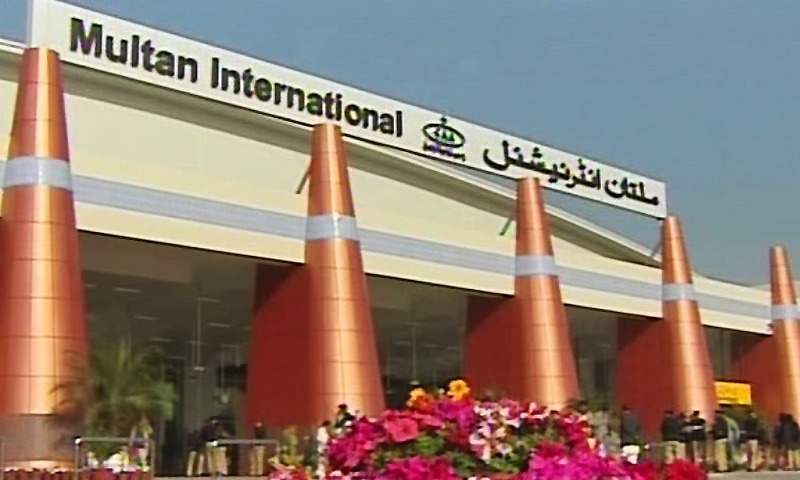
| City | Airport | Airline Operators |
| Multan | Multan International Airport | Pakistan International Airlines (PIA) |
| Air Blue | ||
| Air Sial | ||
| Air Arabia | ||
| Fly Dubai | ||
| Gulf Air | ||
| Qatar Airways | ||
| Salam Air | ||
| Saudia |
Faisalabad International Airport
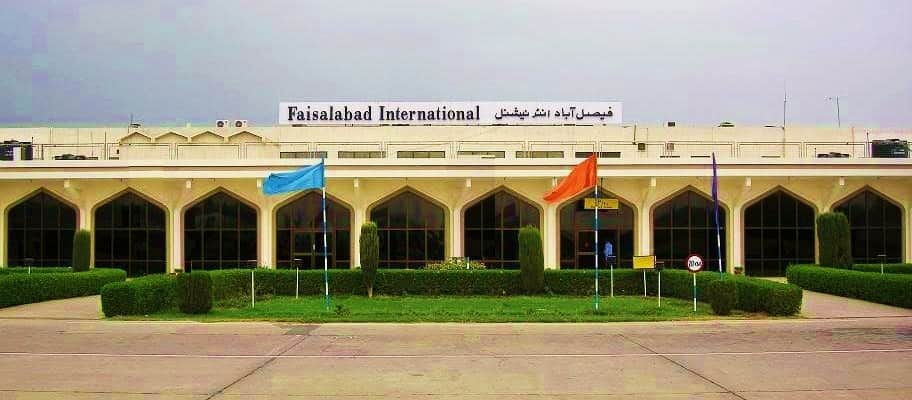
| City | Airport | Airline Operators |
| Faisalabad | Faisalabad International Airport | Pakistan International Airlines (PIA) |
| Fly Dubai | ||
| Gulf Air | ||
| Salam Air | ||
| Air Arabia |
Moreover, apart from the listed airports, other regional airports, such as Gilgit Airport, Skardu Airport, and Chitral Airport, all come under PCAA.
Here, we have discussed the Pakistan Civil Aviation Authority’s main functions and provided important information about its jurisdiction and regulatory processes. For more information, follow Graana.com, which strives to give you the most relevant information to get the most up-to-date information.




